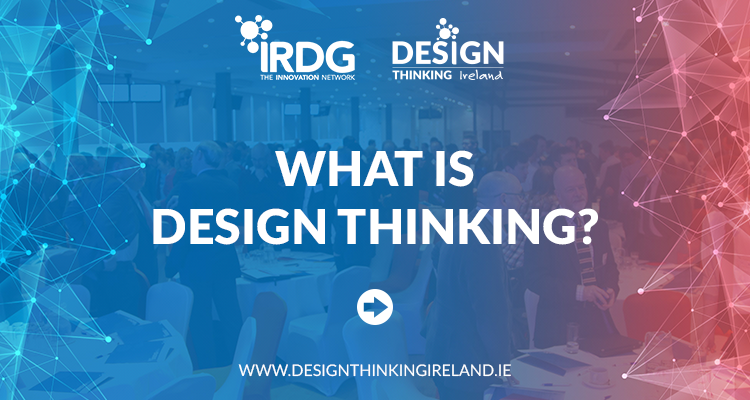Design thinking is essential for innovation. Why? Every business & service organisation is reading the market data and trying to come up with new ideas. The thing is, novelty and creativity alone don’t drive growth. Solving an unmet need, does!
Design thinking is a fundamentally different way of looking at the world than we normally do. Most managers define the problem, identify various solutions, analyze each and choose the best one. Design thinking comes from a completely different angle by focusing, and depending heavily, on the unmet needs of the end user. It starts with a deep understanding of the actual people involved.
The thing is, sometimes people don’t know what they want. Design-thinking recognises this and uses it as a catalyst. Henry Ford has famously said, “If I asked people what they wanted, they would have said faster horses.” Design thinking relies heavily on the insights, problems, unmet needs, desires and even ideas of people, but it’s focus is on the core problem rather than a preconceived solution.
Typical brainstorming defines a problem and compiles a list of possible solutions. Design thinking takes time to define the various levels of the problem. The supplier and user may have very different definitions of what the problem is. A good example of this is Pfizer’s initiative to lower the number of people who smoke. The initial problem was framed as “Help me overcome my chemical addiction”. Taking time to get to know the real-life people revealed that 25-35 year olds do not see their smoking habit as an addiction at all, but rather a temporary lifestyle choice. This allowed Pfizer to reframe the question “Support me as I make a new lifestyle choice”. Asking the right questions is sometimes more important than getting the ‘right’ answers.
Unarticulated needs must be unearthed before attempting to find a solution. Researchers at Proctor & Gamble were focusing on developing a better cleaning detergent, but that goal was limiting. Design Thinking led them down a different path – a better mop. And so the Swiffer was born!
“Unlike traditional marketplace thinking, design thinking expects to get it wrong. You experiment and figure out why it works or not. The goal is to fail early to succeed sooner. Actively look for data that proves the product won’t work.
It’s valuable information for saving money and zeroing in on how to make products that do work.” explains Professor Jeanne Liedtka in her article, The Creative Promise of Design
Throughout most of history, design was a process to develop actual products or visuals. Today, design, when applied to the intangibles of creating solutions to unsolved problems, is the key to the future.

